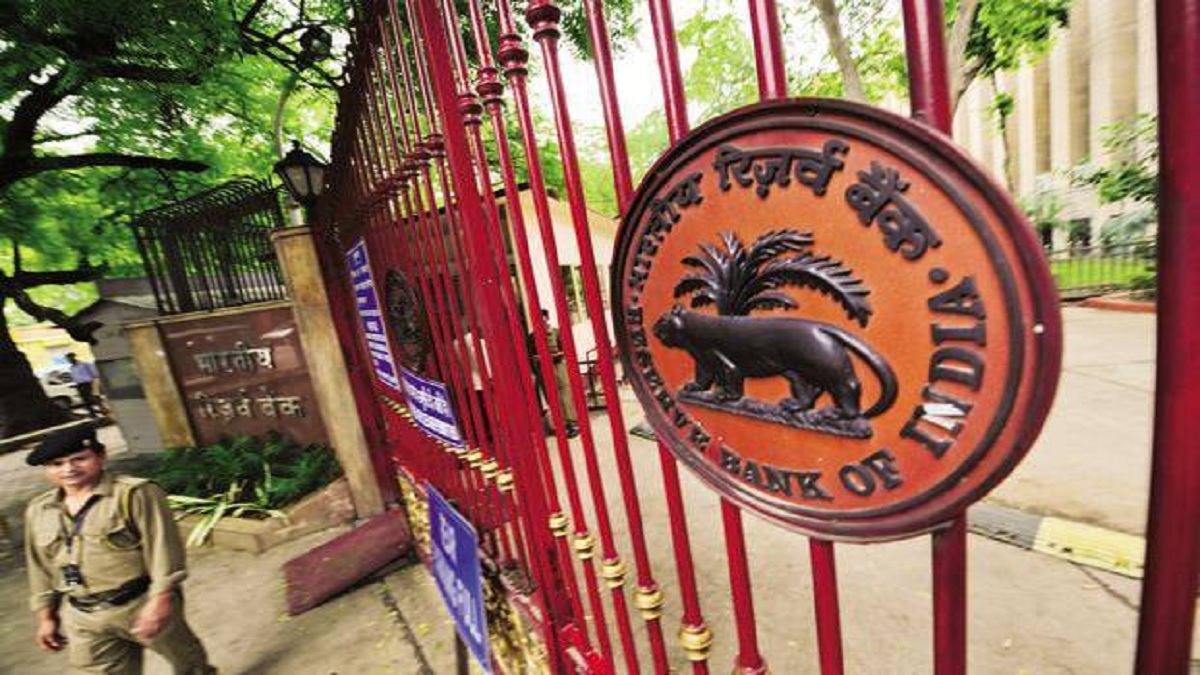In this article, we will discuss whether your bank account has become inactive and, if so, how to reactivate it. A bank account is often marked as non-operational or inactive after not being used for more than two years. This category was created because financial institutions must keep records for each account, and keeping inactive accounts can be time-consuming and expensive. Under normal circumstances, you can reactivate an inactive account by starting a deposit or contacting your bank if you have one. However, if the account has been inactive for more than ten years, the bank may have given any unclaimed funds or remaining balance to the Reserve Bank of India Depositors Education and Awareness Fund.
Ways to reactivate a bank account that is inactive
It would help if you could get in touch with the RBI to claim money from this fund. Following RBI guidelines, several public sector banks in India now require both savings and current accounts to be marked as non-operational if there have been no transactions for more than two years. An inactive account has not had any user-initiated transactions for a continuous period of two years; bank-initiated transactions, such as interest credits or service charges, are not considered user-initiated transactions for this definition. The bank will notify the account holder when the account is marked as non-operational and inform him about the status of the account.

By completing the transaction within a predetermined time frame, often around 90 days, the account user will have the opportunity to reactivate the account. If you have a public sector bank account that has been inactive for some time, it is advisable to check its status and, if necessary, make a transaction to keep it active. You can do this by going to your bank’s physical location or using its online or mobile banking services. Consider the following tips to prevent your account from becoming inactive: Make sure your account has at least one transaction every two years. Create a standing order for a regular automatic transfer of money from another account to your bank account.
Make recurring payments by linking your bank account with a mobile wallet or UPI app. Notify your bank and ask them to keep your active status if you expect to be inactive for a long time. Banks often do not charge customers for reactivating inactive accounts. Banks, however, may charge for various services related to an inactive account, such as providing a statement or moving the remaining balance to a temporary account. However, neglecting to notify the bank about updating KYC or reactivating transactions may result in unnecessary inconvenience while doing the transaction.
Categories: Trends
Source: HIS Education
